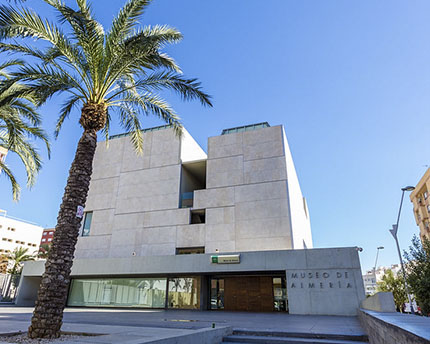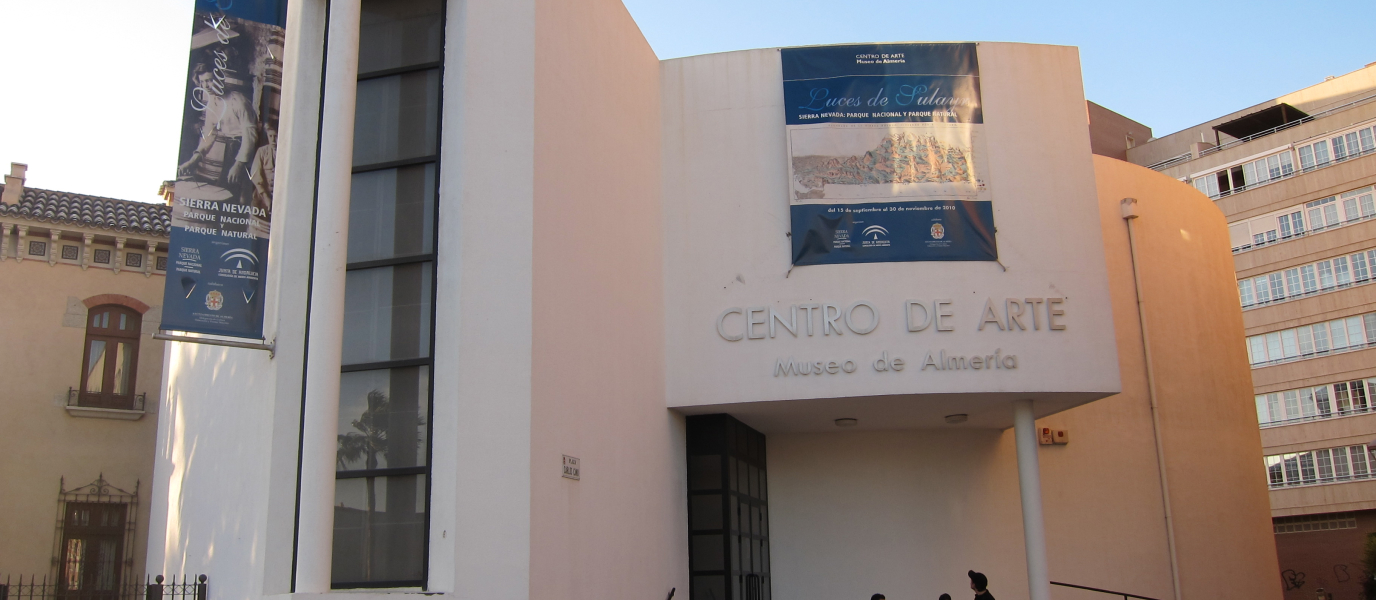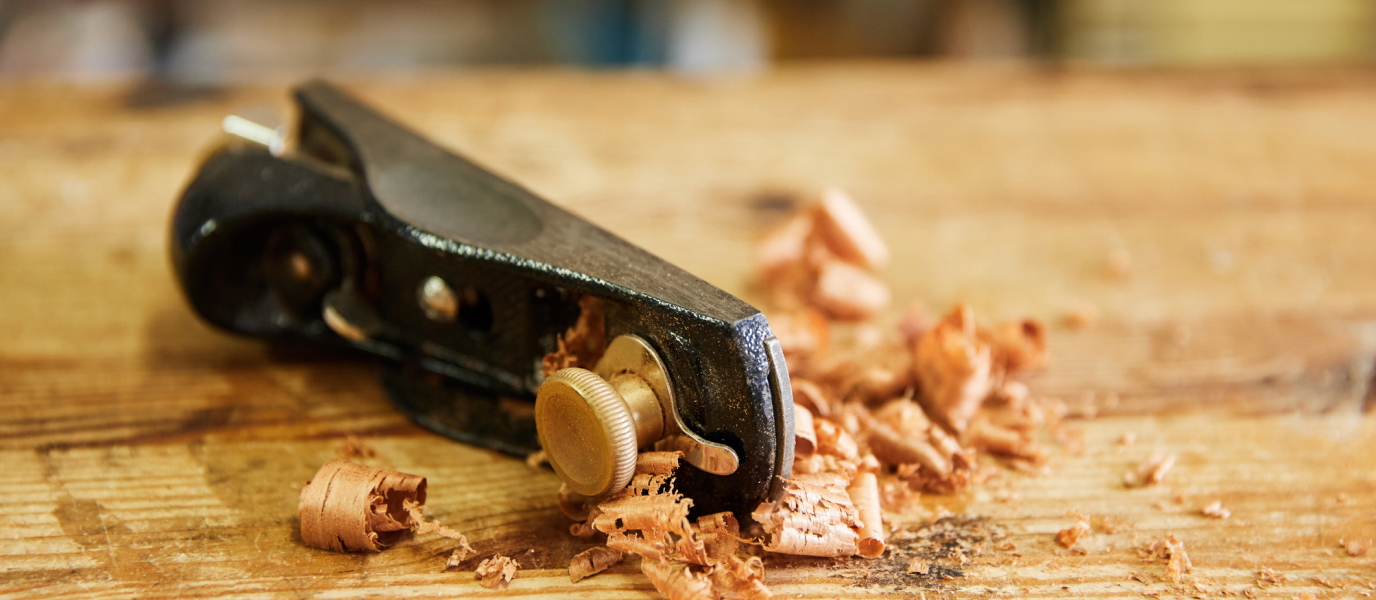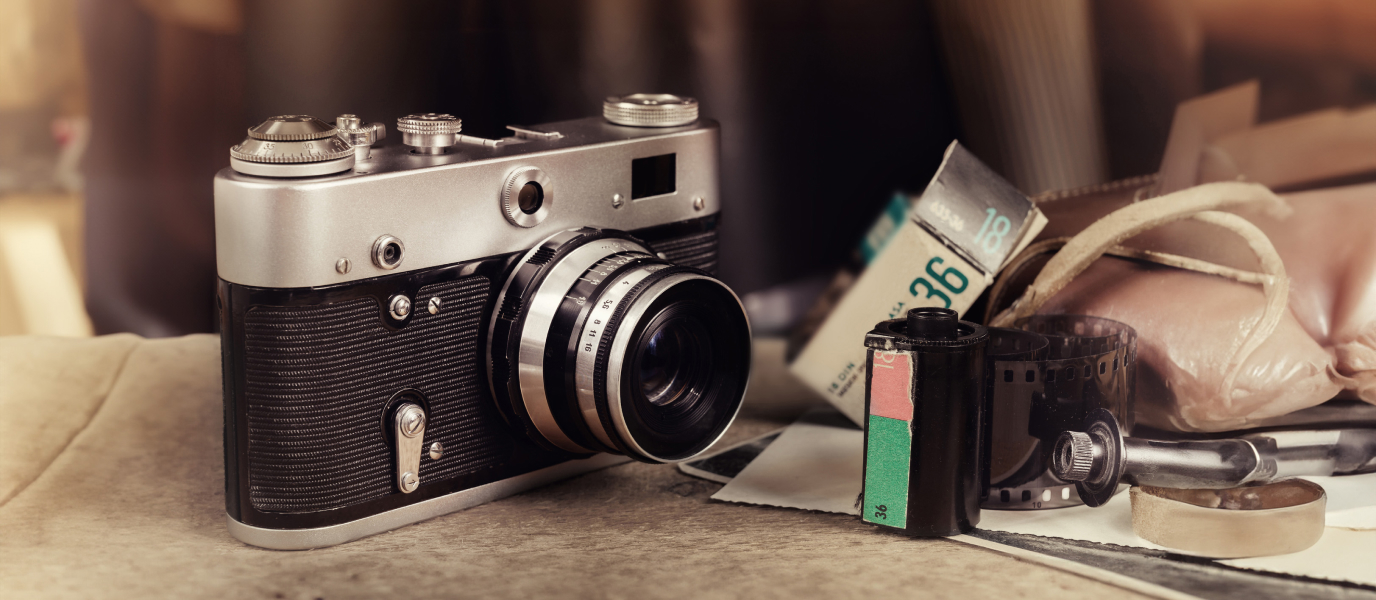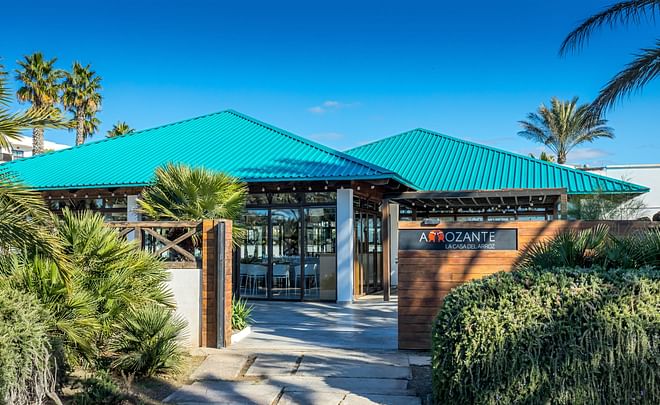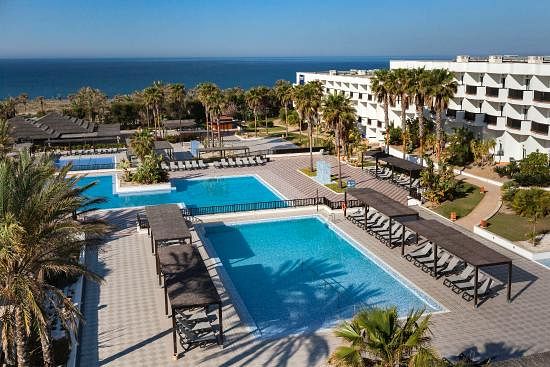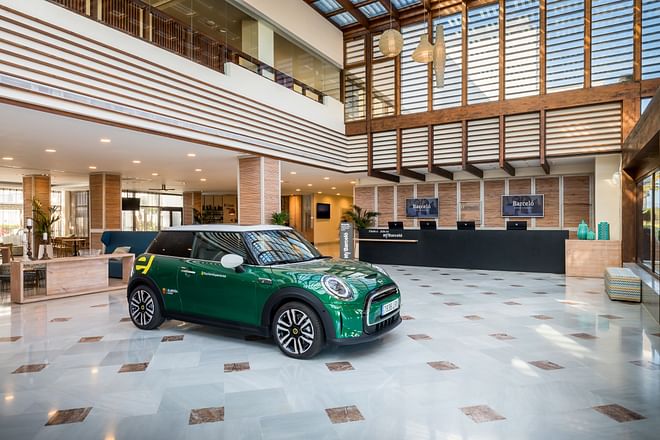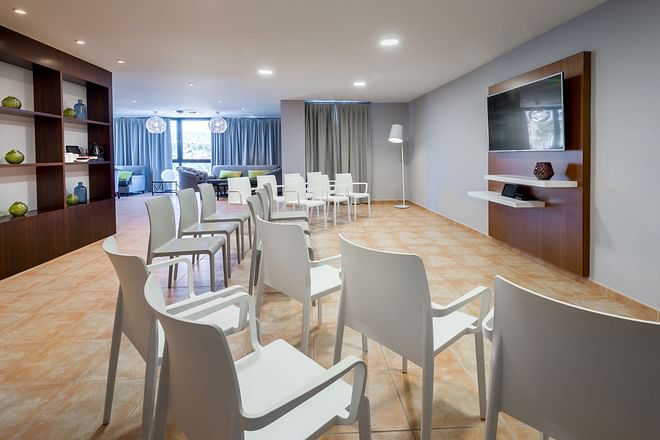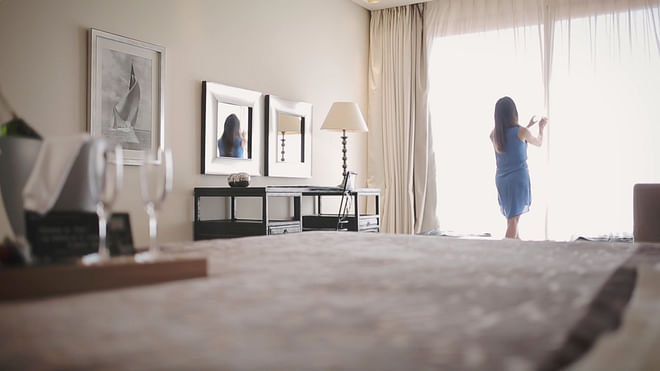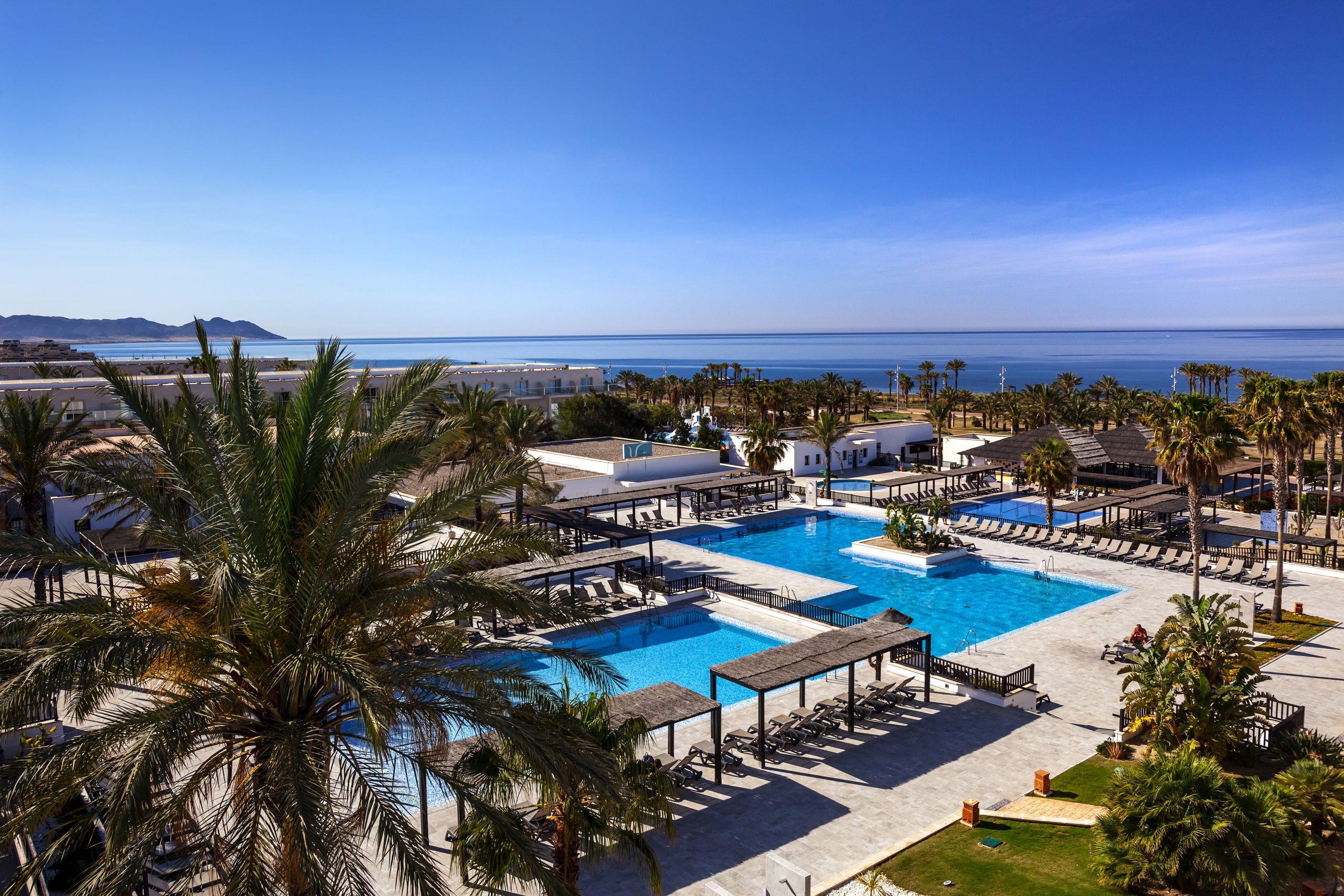The contemporary building housing the Almería Archaeological Museum or Museum of Almería has won several awards and is worth a visit in its own right. Luis Siret – considered the father of the museum – will accompany you in spirit, and in fact this historical figure provides the keys to understanding the collection.
The contrast between cutting-edge architecture and pieces dating back thousands of years is quite something. This is a delicate balance between past, present and future, all waiting to be discovered under one roof.
Origins of the Almería Archaeological Museum
The history of the Museum of Almería began in the 19th century when a primitive provincial museum was built to exhibit a collection of pieces gathered between 1837 and 1846. Among them were paintings, Roman and Arabic coins, jewels and headstones.
Though the church of Santiago was given over as a space for housing the collection, it was never exhibited to the public. However, a surprising discovery in 1880 would forever change the museum’s destiny. The Belgian archaeologist and illustrator Luis Siret (a contractor with the Sierra Almagrera mining company) unearthed the most representative recent prehistorical cultures on the Iberian Peninsula: those based at the sites of Los Millares and El Argar. His findings marked the origin of the collection, and in March 1933, thanks to a generous donation made by Siret himself, the Almería Archaeological Museum was established. Siret, the father of archaeological science in Andalusia, died the following year.
The museum on Calle Javier Sanz shared space with the Escuela de Artes y Oficios and eventually closed in 1952 due to problems with the collection. It wasn’t until 1982 that a new base was opened in the former Colegio Menor de Santa María del Mar. However, the building had severe structural problems which led to the museum’s closure in 1991. Following various temporary solutions, the Ministry of Culture eventually decided to build a completely new space in the grounds of the college.
Museum of Almería, a jewel of contemporary architecture
In 1998, the decision was made to demolish the former Colegio Menor de Santa María del Mar and raise a new building from scratch. The architects Ignacio García Pedrosa and Ángela García de Paredes were entrusted with the project and worked non-stop between 2001 and 2004.
The site was restructured to create a huge open public plaza containing the new museum building as well as stunning gardens. The building itself is contemporary with minimalist lines and an uncluttered facade. Inside, the space is dominated by light and spread across various floors, all brought together under a beautiful coffered ceiling.
The central vestibule with double staircase divides the exhibition space into three floors, and the skylights flood the space with natural light. The Nube Siret (Siret Cloud) on the vestibule ceiling comprises images taken by Siret himself and pays tribute to this eminent archaeologist.
The Museum of Almería was opened in 2006 by the princes of Asturias. The permanent exhibition draws on a variety of techniques to showcase the pieces, including models, visual aids and videos providing insight into the different historical periods
The building has received several architectural prizes, including a 2004 ARCO award.
What to see in the Museum of Almería
The collection dates back to the first settlers in Almería and stretches all the way to the present day, and most of the archaeological pieces are from sites in Almería. It also has extensive ethnography records. However, the focus is firmly on the two most unique cultures discovered in the province: Los Millares and El Argar. These two periods in history left a profound mark on the province of Almería.
Los Millares is a Copper Age site, while El Argar had its moment in the Bronze Age. The exhibitions are educational and offer a fantastic opportunity to get kids (Link: Almería with kids) interested in prehistory.
Here’s our quick guide to the collection:
- Ground floor. Here you’ll find one of the museum’s most interesting resources: a full-size replica of a stratigraphic cross section. This thirteen-metre-tall column reveals a total of sixteen different strata from the Earth’s earliest rock to present day material, and shows the timeline of the various archaeological sites in Almería.
- First floor. The focus here is on Los Millares and there are three areas containing all manner of exhibits, including a model of the settlement, the Circle of Life and the Symbiotic World.
- Second floor. Take a trip through Argaric culture via a zig-zag ramp simulating the access route to what was one of the most important settlements in this society: Fuente Álamo. The funerary exhibits are particularly fascinating.
- Third floor. The exhibition comes to an end in two spaces: one looking at Roman society, and the other at the influence of Islamic culture in Almería.





























































